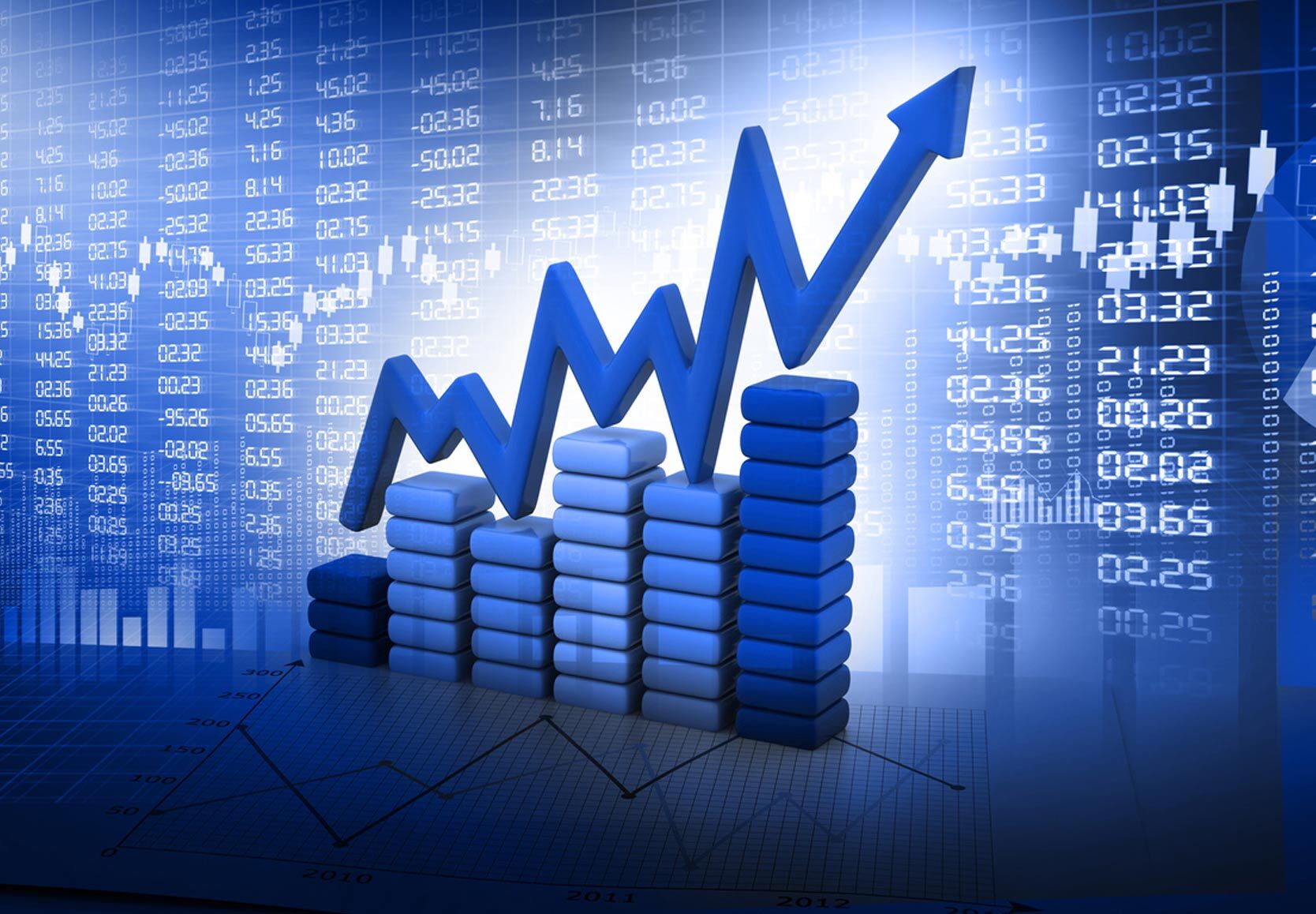Challenging scenario

By conveying in the Lok Sabha that going beyond the upper limit of the RBI's target band of inflation of six per cent "for a particular month cannot be construed as breach of target", the government has almost made its stand clear that it will continue with its 'growth-focused' approach. As the estimate for retail inflation during February has touched an eight-month low at 6.07 per cent, exceeding the upper threshold set by the Reserve Bank of India (RBI) for the second consecutive month, apprehensions around generalized inflation have come to the fore. The fiscal and monetary stance of the government, however, reflects an optimistic vision on the contrary. In its monetary policy review on February 10, the RBI had projected the retail inflation to be 5.3 per cent for FY 22, with Q4 inflation standing at 5.7 per cent. It projected further easing down of inflation during the first quarter of FY 23. Contrary to this projection, not just inflation figures stand unconventionally high at the present but also face the risk of further escalation. The Russian invasion of Ukraine since February 24 has brought in a whole new geopolitical and economic context for economies across the world, which is anything but favorable. Fuel prices are on a historic high, showing no signs of mellowing down in at least over months to come. It is also certain that fuel price rise will aggravate the prices of food and non-food commodities. It is time that the RBI, during its upcoming Monetary Policy Review meeting between April 6 and April 8, considers not just realigning its inflation targets but also modifies the policy rates to curb inflation. Given the fact that the Indian economy is still in its recovery phase post the Omicron wave, consumption level among people may still not have picked up. Inflation, if left unchecked, will further hit the consumption — defying the entire logic of growth itself. It is no mystery that India's growth story has been largely scripted on the basis of private consumption over the past few decades. Rising inflation in these turbulent times may simply provide a significant jolt to this basic pillar of growth. Furthermore, the rural-urban breakdown of the headline inflation of 6.07 per cent signals yet another worrying trend. While the inflation rate for urban India fell from 5.91 per cent in January to 5.75 per cent in February, rural India is witnessing a price rise at 6.38 per cent. This may be disturbing as villages account for a large part of the Indian population. In terms of commodities, the prices of essential items like cereals, meats, eggs, vegetables and pulses are on a steady increase. As per reports, food prices rose 5.9 per cent, clothing and footwear prices grew by 8.9 per cent and housing prices increased 3.6 per cent. Additionally, the wholesale inflation also stood at 13.11 per cent, staying above the double-digit mark for 11 straight months in a row. This is indicative of a rise in input costs, which will further be fueled by inflation in the fuel and power sector. Clearly, there is a need for urgent government intervention to keep things under control. The uncertain economic scenario triggered by the Ukrainian conflict calls for ensuring greater economic stability domestically. It is up to the policymakers to focus on the resilience of the economy rather than gambling upon growth. If any unprecedented shock props up in the future, the economy should be prepared enough to absorb that. Rising prices of essential items, particularly in rural India, present another challenge for the policymakers to keep the welfare side of governance intact, as the people are still struggling to come out of the shocks of the economy. In sum total, inflation has reached a tipping point and signs of improvement are abysmally low. It is time that both RBI and the government undertake required monetary and fiscal measures to curb inflation. It will be interesting to see what path the RBI takes in the upcoming Monetary Policy Review meeting.



